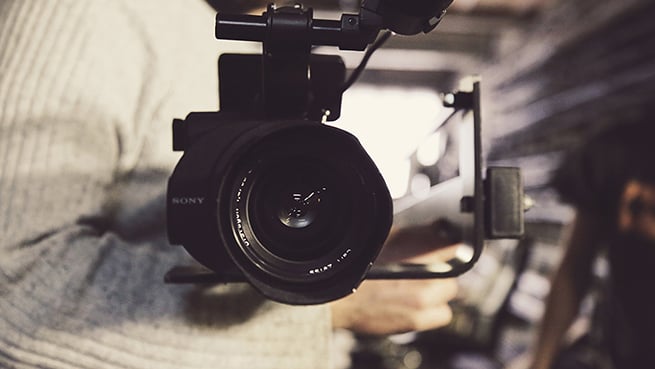Creating Training Videos for Your Franchise
Hiring the right people for your business is difficult and for franchise operators, making sure new hires are trained correctly is critical. Setting...
By now you’ve probably watched a video or two on how to do something (anything!) on YouTube. Whether it’s how to start a vegetable garden, how to replace the bulb in the tail light of your car, or how to grill fish, you can find these “how-to” videos all over the web — some good and some bad. And yet they are all illustrations of how to produce training videos. Think of it, all these short videos are short training clips that are designed to help us learn how to do things we don’t know how to do. So, what have we learned about training video production through these clips?
In reviewing specs for a training video recently, I read the description for the target audience and it said the material must be suitable for a person with a 7th-grade education. This helped to frame up a number of attributes of the video, including the duration, the language that should be used, images that would be most impactful, and the level of detail. So often producers have no idea who their target persona is and they will make their first mistake by not considering who will watch the training video.
When producing training videos it’s important to remember why the person is watching the video. Chances are, they are not watching it to be entertained and yet, the video should be engaging enough to capture and hold the attention of the viewer. So, our advice is to, first and foremost, stay on topic and remember you're trying to help the viewer learn important information. If there are moments in the training that are truly humorous, you may want to take a chance at being funny. Otherwise, keep it straight and don’t force funny, especially when it isn’t there!
Depending on the type of training video you’re producing, you may need to get super granular or a higher level perspective may be more appropriate. Regardless of the application, it’s easy for novice producers and writers to get lost in the level of detail that is necessary for training purposes. Many professional producers are constantly weighing the amount of time in a script that is spent on certain areas of the video and balancing the right amount of information against information overload. Novice producers have less feel for content editing and will often, mistakenly, leave out details that they assume others know.
Everything you do with your training video should revolve around two things: what is the single goal of the video and who is going to watch it. Every decision you make going forward should focus on fulfilling these two objectives. If the script doesn’t align with the audience and the objective, kill it. From there, you can begin planning the details of the shoot — where to shoot, how to shoot, when to shoot, and who will be featured in the video. In most cases, when producers fail to plan, they're planning to fail — which ends up taking way more time than anticipated and driving the cost beyond what was expected.
The odds that you’ll produce an effective training video improve exponentially when you have a script. Scripts make sure ideas stay organized, they ensure you’re staying on message, and they ensure a faster shoot. Often novice producers will try to “wing it,” thinking they know the material well enough to “wing it” or they have on camera talent who they assume will be “just fine” winging it. The problem is, most people can’t "wing it," because they struggle to speak extemporaneously about a topic while on camera, let alone produce a video that is intended to train people. The upside with scripts is also that you can get buy-in from decision makers regarding messaging prior to shooting a frame of video, thus saving time and money in the long run.
The best directors I’ve worked with are those who aren’t afraid to yell “cut” when something isn’t quite right. So often, novice producers will be on a shoot and see or hear something that isn’t quite right, and for some reason they let the shoot continue. Then, when you get in post-production, the person says, “oh, shoot, I heard that and wasn’t sure if you’d be able to hear it on the video.” Well, now the team has to go back and re-shoot that critical part of the video because someone didn’t have the courage to stop the shoot in the moment. Go slow to go fast. Be super picky in the field so that the post-production moves quickly.
If you’re looking for some more tactical, blocking and tackling type ideas, this post outlines some additional areas that are also critical, especially as it concerns some of the technical details. Producing training videos isn’t rocket science. In fact, as YouTube has shown us, just about anyone can produce one. However, not everyone is capable of producing a training video that is acceptable for professional organizations, as YouTube has also shown us.

Hiring the right people for your business is difficult and for franchise operators, making sure new hires are trained correctly is critical. Setting...

What is a corporate video? The term “corporate video” covers a lot of bases, but it generally showcases something about your business, whether it’s...

Today’s job hunters are looking for more than just a paycheck. They want to be a part of organizations that have opportunities for professional...